The Union Ministry of Environment, Forest and Climate Change (MoEFCC) recently directed the forest departments of Arunachal Pradesh and Assam to prepare a proposal to notify the Dulung Subansiri elephant corridor.
Elephant Corridors in India
|
|---|
| Must Read | |
| NCERT Notes For UPSC | UPSC Daily Current Affairs |
| UPSC Blogs | UPSC Daily Editorials |
| Daily Current Affairs Quiz | Daily Main Answer Writing |
| UPSC Mains Previous Year Papers | UPSC Test Series 2024 |
The India Meteorological Department (IMD) declared 2024’s first heatwave conditions for isolated pockets of west Rajasthan.
Relative Humidity
|
|---|
| Must Read | |
| NCERT Notes For UPSC | UPSC Daily Current Affairs |
| UPSC Blogs | UPSC Daily Editorials |
| Daily Current Affairs Quiz | Daily Main Answer Writing |
| UPSC Mains Previous Year Papers | UPSC Test Series 2024 |
The Union Ministry of Home Affairs (MHA) extended the Armed Forces (Special Powers) Act (AFSPA) in parts of Nagaland and Arunachal Pradesh for another six months.
| Must Read | |
| NCERT Notes For UPSC | UPSC Daily Current Affairs |
| UPSC Blogs | UPSC Daily Editorials |
| Daily Current Affairs Quiz | Daily Main Answer Writing |
| UPSC Mains Previous Year Papers | UPSC Test Series 2024 |
Scientists reconstructed the history of the world’s most potent ocean circulation over the previous 5.3 million years, including how it is linked to global climate.
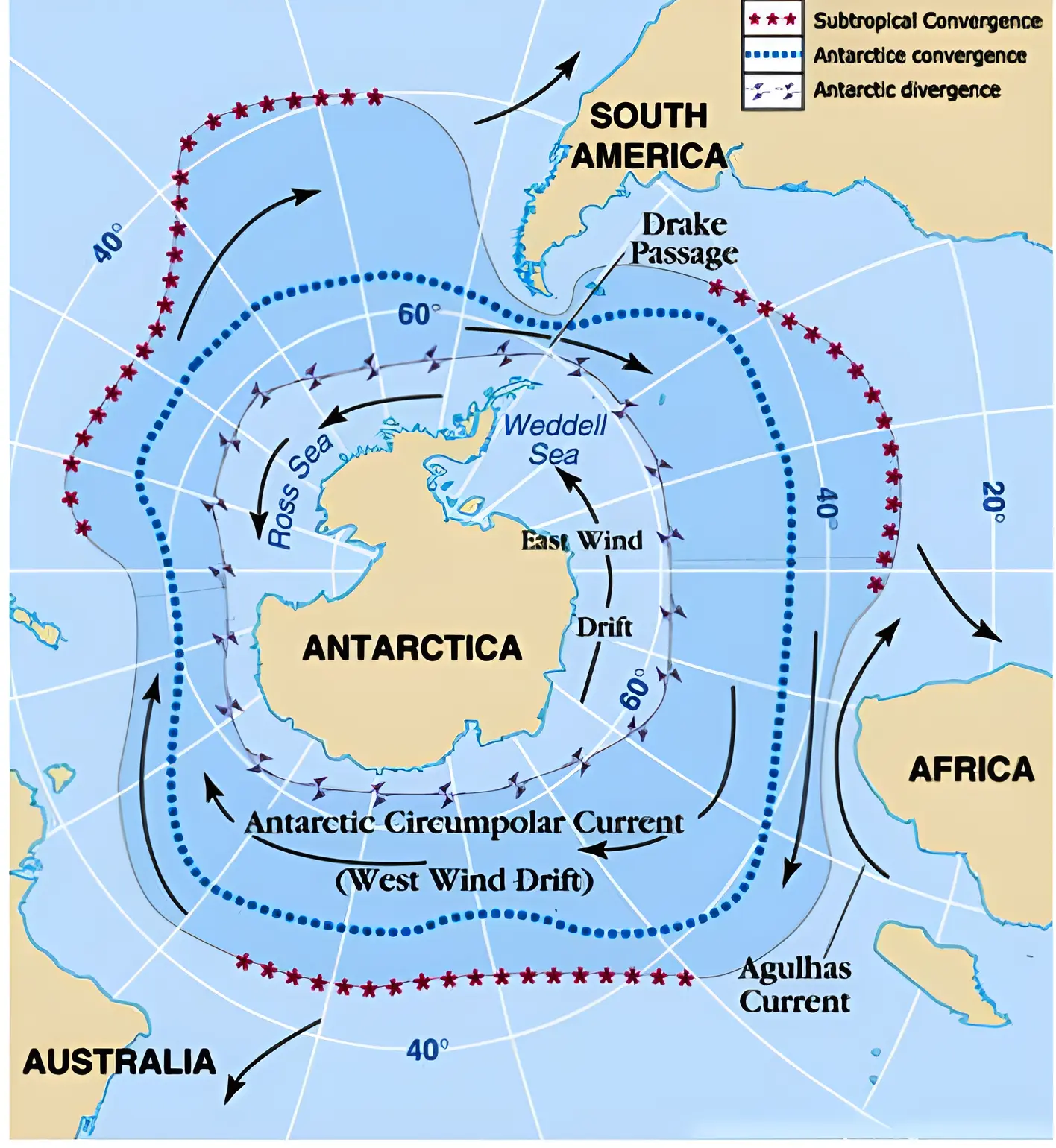 Role of Antarctic Circumpolar Current: Antarctic circumpolar current plays a key role in regulating global climate and is also the world’s most powerful and primary means of inter-basin exchange of heat, carbon dioxide, chemicals and biology.
Role of Antarctic Circumpolar Current: Antarctic circumpolar current plays a key role in regulating global climate and is also the world’s most powerful and primary means of inter-basin exchange of heat, carbon dioxide, chemicals and biology.Ocean Currents
|
|---|
| Must Read | |
| NCERT Notes For UPSC | UPSC Daily Current Affairs |
| UPSC Blogs | UPSC Daily Editorials |
| Daily Current Affairs Quiz | Daily Main Answer Writing |
| UPSC Mains Previous Year Papers | UPSC Test Series 2024 |
Recently, the World Health Organization (WHO) has launched a global network of laboratories called CoViNet to identify and monitor potentially novel coronaviruses that could emerge shortly.
| Must Read | |
| NCERT Notes For UPSC | UPSC Daily Current Affairs |
| UPSC Blogs | UPSC Daily Editorials |
| Daily Current Affairs Quiz | Daily Main Answer Writing |
| UPSC Mains Previous Year Papers | UPSC Test Series 2024 |
India’s core sector output increased by 6.7% in February, driven by significant growth in the coal, natural gas, and cement industries.
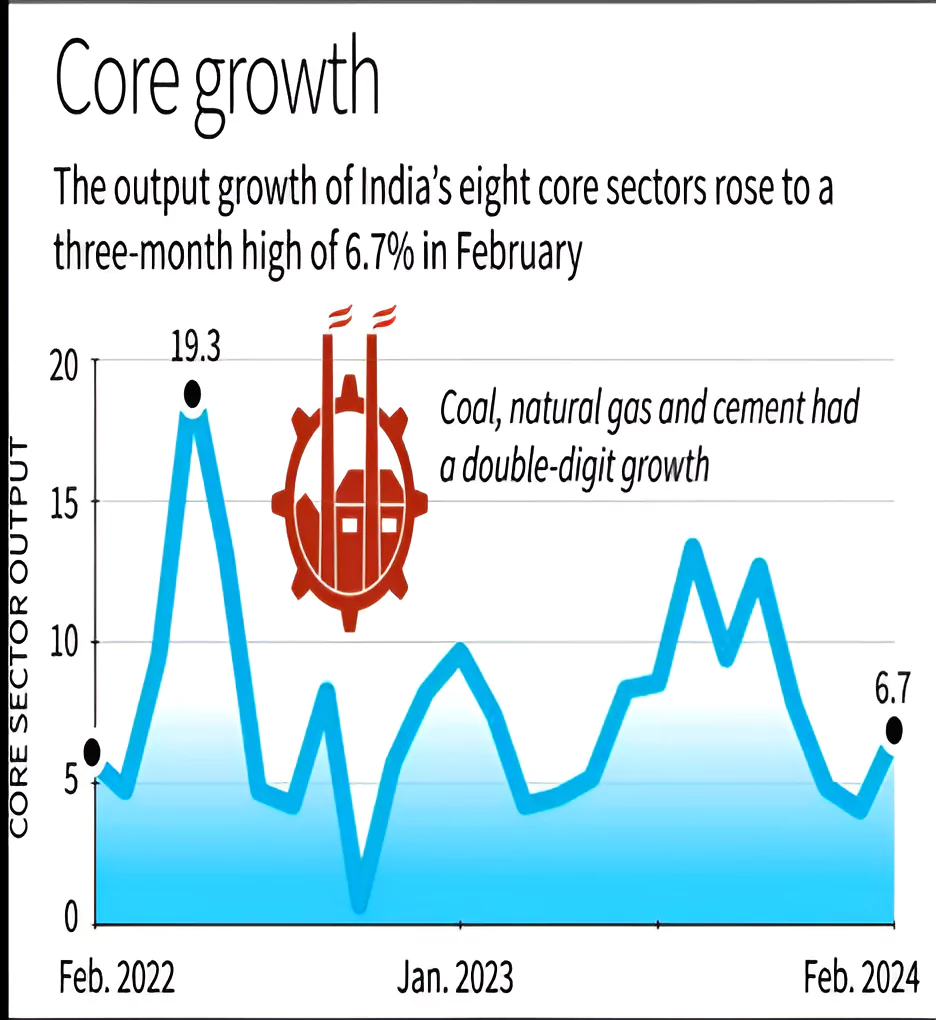
Index of Industrial Production
|
|---|
| Must Read | |
| NCERT Notes For UPSC | UPSC Daily Current Affairs |
| UPSC Blogs | UPSC Daily Editorials |
| Daily Current Affairs Quiz | Daily Main Answer Writing |
| UPSC Mains Previous Year Papers | UPSC Test Series 2024 |
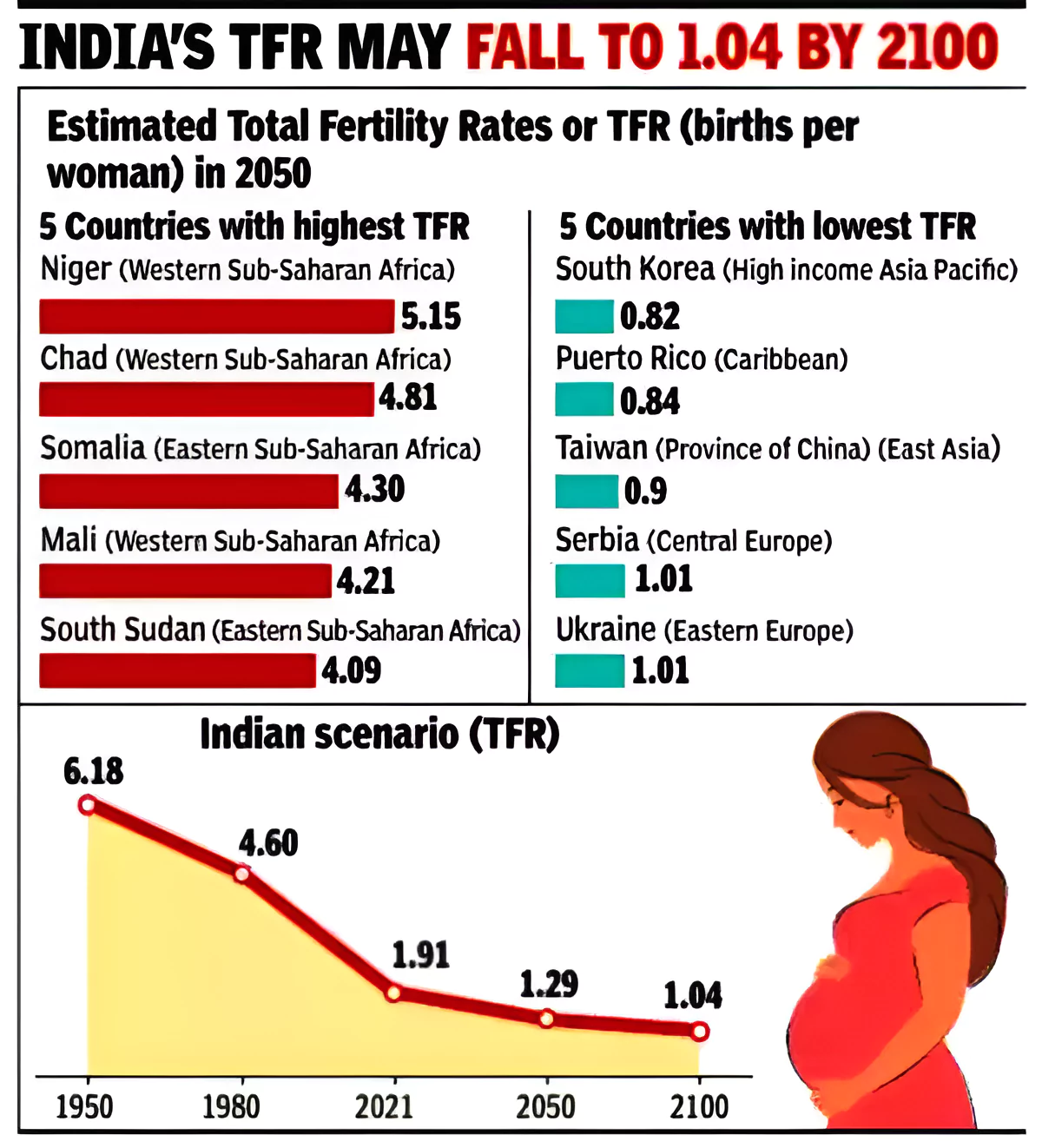
Recently, A Study Published in the Lancet which flagged India’s total fertility rate (TFR) (representing the average number of children born to each woman will fall to 1.29 in 2050, significantly below the replacement threshold of 2.1.
Total Fertility Rate (TFR)
Replacement Level Fertility
NFHS-5, 2019-21
|
|---|
| Must Read | |
| NCERT Notes For UPSC | UPSC Daily Current Affairs |
| UPSC Blogs | UPSC Daily Editorials |
| Daily Current Affairs Quiz | Daily Main Answer Writing |
| UPSC Mains Previous Year Papers | UPSC Test Series 2024 |
Recently, The Food Waste Index Report 2024 by the UN Environment Programme was released ahead of the International Day of Zero Waste (March 30).
International Day of Zero waste
|
|---|
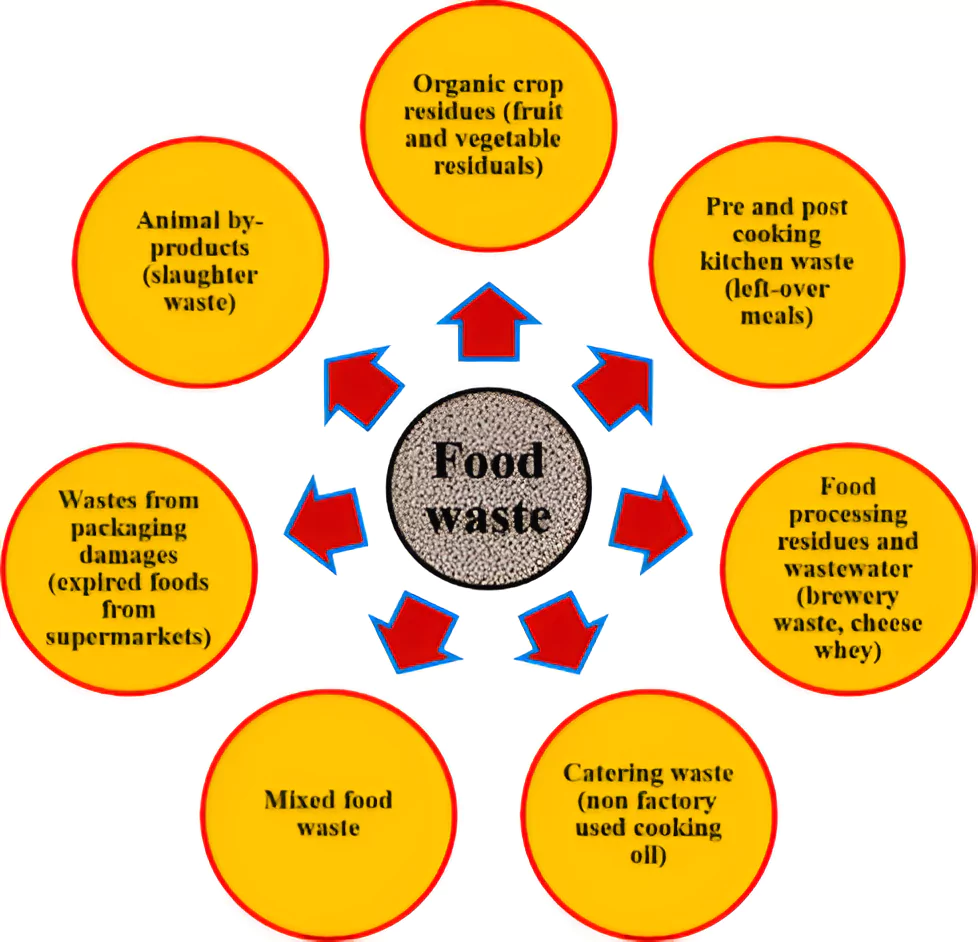
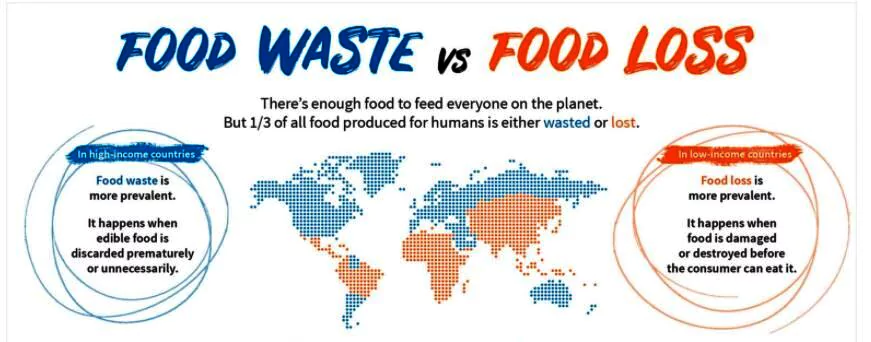
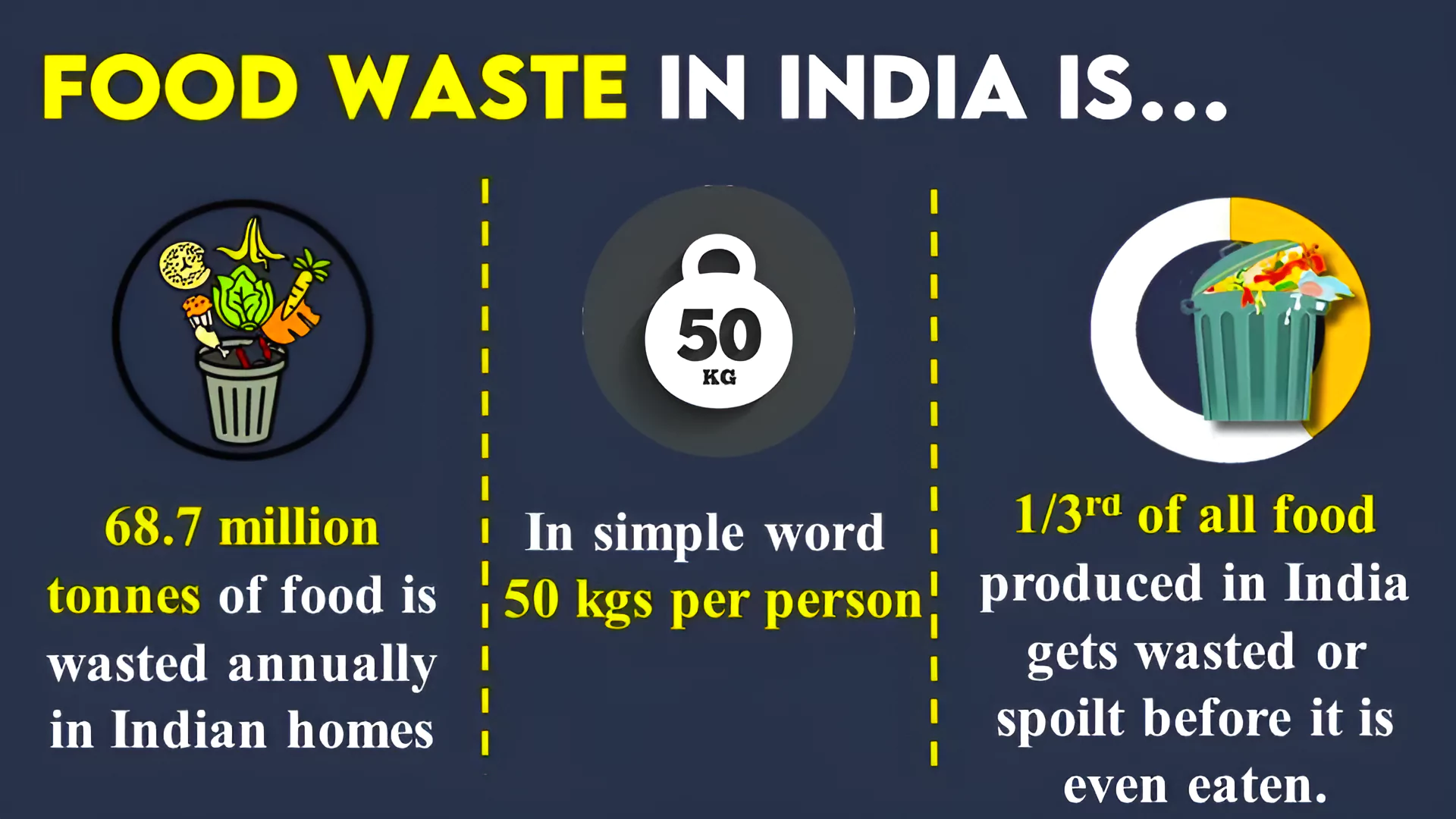
| Must Read | |
| NCERT Notes For UPSC | UPSC Daily Current Affairs |
| UPSC Blogs | UPSC Daily Editorials |
| Daily Current Affairs Quiz | Daily Main Answer Writing |
| UPSC Mains Previous Year Papers | UPSC Test Series 2024 |
Recently, Florida, US, passed a law that prohibits people under 14 years old from having social media accounts, regardless of parental consent.
| Relevancy for Prelims: Social Media, Impacts Of Social Media On Children, Regulation Code For OTT Platforms In India, Growing Cyber Crimes In India, and National Commission For Protection Of Child Rights.
Relevancy for Mains: Regulation of Social Media For Children: Need, Significance, and Impacts. |
|---|
About the Florida Social Media Regulation Law
|
|---|
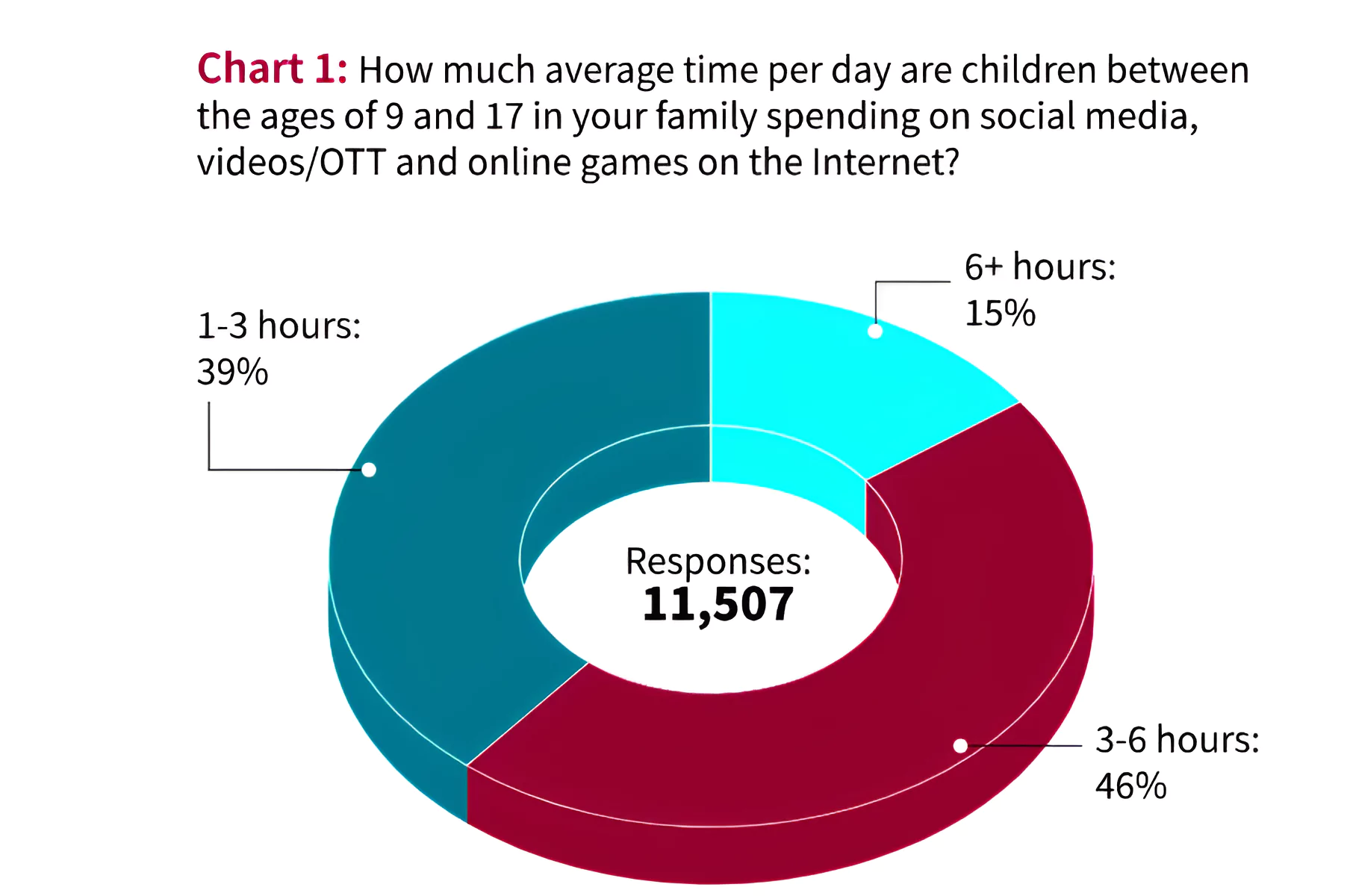 This trend has given rise to a growing addiction to electronic gadgets among children aged 9 to 18.
This trend has given rise to a growing addiction to electronic gadgets among children aged 9 to 18.Here are a few positive impacts of social media on children;
Here are a few negative impacts of social media on children;
Kidfluencers and Ethical Dilemmas
Various Ethical Concerns faced by Kidfluencers
|
|---|
International Actions to Protect Young People Online
Child Online Protection Act in India
About Safer Internet Day
|
|---|
Like the coin, social media also has its two sides, it can be a powerful tool and on the other hand, it also poses some ethical challenges that need to be addressed by adopting appropriate measures. In the digital age, instead of banning social media access to our future generation, it would be better to ensure improved parental oversight tools, improved access to data to stop bad actors, alongside major investments in mental health systems and programs.
| Prelims PYQ (2020):
In India, under cyber insurance for individuals, which of the following benefits are generally covered, in addition to payment for the funds and other benefits? 1. Cost of restoration of the computer system in case of malware disrupting access to one’s computer 2. Cost of a new computer if some miscreant wilfully damages it, if proved so 3. Cost of hiring a specialized consultant to minimize the loss in case of cyber extortion. 4. Cost of defence in the Court of Law if any third party files a suit Select the correct answer using the code given below: (a) 1, 2 and 4 only (b) 1, 3 and 4 only (c) 2 and 3 only (d) 1, 2, 3 and 4 Ans: (b) |
|---|
| Mains Question: Explain the effectiveness of the POCSO Act in addressing child sexual abuse, considering its challenges. (10 M, 150 Words) |
|---|
| Must Read | |
| NCERT Notes For UPSC | UPSC Daily Current Affairs |
| UPSC Blogs | UPSC Daily Editorials |
| Daily Current Affairs Quiz | Daily Main Answer Writing |
| UPSC Mains Previous Year Papers | UPSC Test Series 2024 |
<div class="new-fform">
</div>